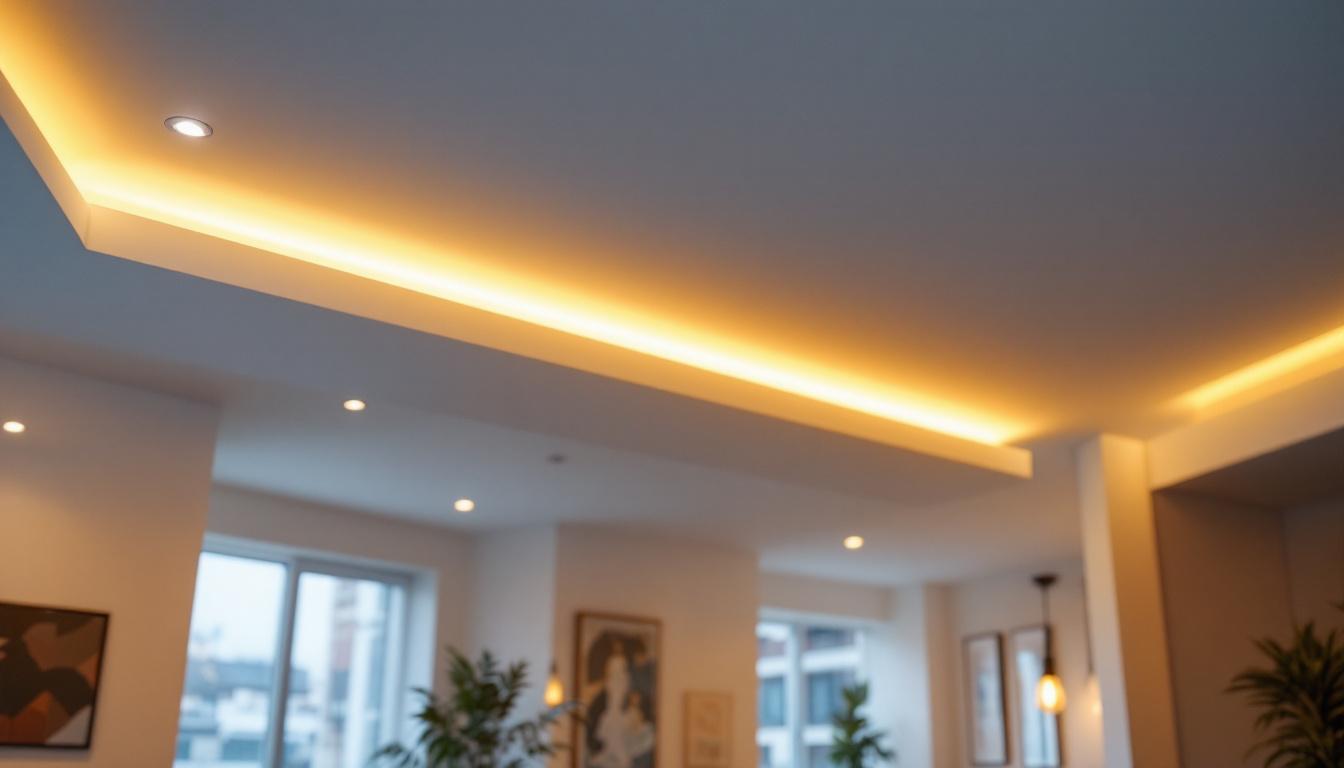
LED recessed light fixtures have become a cornerstone in modern lighting design, especially in new construction projects. Their sleek, unobtrusive design combined with energy efficiency makes them an ideal choice for contractors aiming to deliver both aesthetic appeal and functional excellence. Unlike traditional lighting, LED recessed fixtures are integrated into the ceiling, providing a clean, streamlined look that complements contemporary architectural styles. This integration not only enhances the visual appeal of a space but also allows for greater flexibility in interior design, as the fixtures can be strategically placed to highlight architectural features or artwork.
For lighting contractors, mastering the nuances of LED recessed fixtures in new construction is essential. This includes understanding the variety of fixture types, installation techniques, and how to optimize their placement for maximum effect. The ability to offer tailored lighting solutions that meet client needs while adhering to building codes and energy standards can significantly enhance a contractor’s reputation and project outcomes. Additionally, staying updated on the latest advancements in LED technology, such as smart lighting controls and tunable white options, can provide contractors with a competitive edge in the market, allowing them to create more dynamic and responsive lighting environments.
LED recessed lights offer several advantages that make them particularly suitable for new construction:
These benefits align well with the growing demand for sustainable building practices and energy-efficient homes, making LED recessed lighting a smart choice for new construction projects. Furthermore, the ability to dim LED recessed lights or integrate them into smart home systems enhances their functionality, allowing homeowners to create the perfect ambiance for any occasion. As the trend towards open-concept living spaces continues to rise, the strategic use of recessed lighting can help delineate areas within a larger room, providing both practical illumination and visual interest. The seamless integration of these fixtures can transform a simple ceiling into a canvas for creativity, showcasing the versatility and innovation that modern lighting design offers.
Effective lighting design is crucial to maximize the benefits of LED recessed fixtures. Contractors must collaborate closely with architects, electricians, and clients during the planning phase to ensure the lighting layout enhances the space’s functionality and ambiance. This collaborative approach not only fosters creativity but also ensures that all stakeholders are aligned on the vision for the project, leading to a more cohesive design that meets both aesthetic and practical needs.
Each room in a new construction project has unique lighting requirements. For instance, kitchens and workspaces benefit from brighter, focused lighting, while living rooms and bedrooms may require softer, ambient illumination. Understanding these nuances helps contractors select the appropriate LED recessed fixtures in terms of brightness (measured in lumens), color temperature (measured in Kelvins), and beam spread. The choice of color temperature can significantly affect the mood of a space; cooler temperatures (above 4000K) can enhance alertness and productivity, making them ideal for work areas, while warmer temperatures (below 3000K) create a cozy and inviting atmosphere, perfect for relaxation zones.
Additionally, ceiling height and room dimensions influence fixture placement and quantity. Lower ceilings may require shallow or low-profile housings, while larger rooms might need multiple fixtures to ensure even light distribution. It’s also essential to consider the layout of furniture and architectural features, as these can create shadows or areas of uneven lighting. By strategically placing fixtures, designers can highlight focal points, such as artwork or architectural details, while ensuring that every corner of the room is adequately lit.
New construction projects must comply with local building codes and energy efficiency standards such as the International Energy Conservation Code (IECC) or ASHRAE standards. LED recessed fixtures often contribute to achieving these requirements due to their efficiency and low heat output. Contractors should verify that selected fixtures meet certifications like ENERGY STAR or DLC (DesignLights Consortium) to ensure compliance and eligibility for rebates or incentives. Furthermore, staying updated on evolving regulations is essential, as municipalities may introduce new energy-saving initiatives that could impact project budgets and timelines.
In addition to compliance, integrating smart lighting controls can further enhance energy efficiency and user experience. Options such as dimmers, occupancy sensors, and smart home integration allow for customizable lighting scenarios that adapt to the needs of the occupants. This not only improves convenience but also helps in reducing energy consumption, making the space more sustainable. As technology advances, the integration of smart features into LED recessed lighting systems is becoming increasingly popular, providing both functionality and a modern touch to any design.
Proper installation is critical to the performance and longevity of LED recessed lighting. Contractors must be familiar with the technical aspects and potential challenges associated with these fixtures in new construction environments.
The housing is the component installed within the ceiling cavity, while the trim is the visible part that finishes the fixture. Selecting the correct housing type—new construction housings designed for installation before drywall—is vital. These housings often include features like airtight seals to prevent air leakage, which improves energy efficiency and indoor air quality.
Trim options vary widely, from baffle trims that reduce glare to adjustable trims that allow directional lighting. Matching trim style and finish to the project’s design aesthetic enhances the overall visual appeal. Additionally, contractors should consider the color temperature of the LED bulbs, as this can significantly affect the ambiance of a space. Warmer tones (2700K-3000K) create a cozy atmosphere, ideal for living areas, while cooler tones (4000K-5000K) are often preferred in workspaces for their clarity and focus-enhancing properties.
LED recessed fixtures typically operate on low voltage or line voltage, and contractors must ensure compatibility with existing electrical systems. Using compatible dimmers and drivers is essential to avoid flickering or reduced fixture lifespan. Proper wiring techniques, including secure connections and adherence to National Electrical Code (NEC) guidelines, guarantee safety and performance. Furthermore, it is advisable to label circuits and document wiring configurations during installation, which can simplify future maintenance or upgrades. This proactive approach not only enhances safety but also facilitates troubleshooting should any electrical issues arise down the line.
Although LEDs generate less heat than traditional bulbs, heat dissipation remains important to maintain efficiency and longevity. New construction housings often incorporate thermal management features such as heat sinks or ventilation channels. Contractors should avoid insulating the fixtures unless they are rated for insulation contact (IC-rated), as improper insulation can cause overheating and fixture failure. Moreover, it’s beneficial to educate clients about the importance of maintaining clear airflow around recessed fixtures, as this can further extend the lifespan of the LEDs. Ensuring that there is no obstruction from insulation or ceiling materials can help maintain optimal operating temperatures and performance levels.
Advancements in LED technology and smart lighting controls offer contractors opportunities to deliver cutting-edge solutions that improve user experience and energy management.
Smart lighting systems enable remote control, scheduling, and scene setting, which can be integrated with LED recessed fixtures. This technology allows homeowners to customize lighting based on time of day, occupancy, or activity, enhancing comfort and convenience. For contractors, offering smart lighting options can differentiate services and appeal to tech-savvy clients.
Tunable white LED fixtures allow adjustment of color temperature from warm to cool light, adapting to different moods or tasks. Color-changing LEDs add dynamic ambiance options, useful in residential or commercial spaces. Incorporating these features during new construction ensures seamless integration and future-proofing of lighting systems.
Examining real-world examples illustrates how LED recessed lighting can be leveraged effectively in new construction.
In a multi-room residential project, strategic placement of LED recessed fixtures in kitchens, bathrooms, and living areas provided balanced illumination and accent lighting. Using dimmable LEDs with warm color temperatures created inviting atmospheres while maintaining energy efficiency. The integration of smart controls allowed homeowners to tailor lighting scenes, enhancing daily living experiences.
For office spaces and educational facilities, LED recessed lighting was selected for its ability to reduce glare and improve visual comfort. Fixtures with high Color Rendering Index (CRI) values ensured accurate color perception, important for tasks and presentations. The use of occupancy sensors and daylight harvesting controls further optimized energy savings.
For lighting contractors, leveraging LED recessed light fixtures in new construction projects offers a compelling combination of efficiency, design flexibility, and technological innovation. By understanding the specific requirements of each space, adhering to best installation practices, and embracing emerging technologies, contractors can deliver superior lighting solutions that satisfy client expectations and regulatory demands.
Staying informed about product advancements and energy standards ensures that contractors remain competitive and capable of providing sustainable, high-performance lighting systems. Ultimately, LED recessed lighting is not just a fixture choice but a strategic tool to enhance architectural design, occupant comfort, and building performance in new construction.
Ready to elevate your new construction projects with the most efficient, flexible, and innovative LED recessed light fixtures? Look no further than LumenWholesale, where we provide contractors with the highest quality, spec-grade lighting products at unbeatable wholesale prices. Say goodbye to middleman markups and hello to a vast selection of industry-standard lighting that promises reliability and high performance for every project. With the added convenience of free shipping on bulk orders, LumenWholesale is your go-to source for premium lighting solutions that blend quality, affordability, and hassle-free service. Don’t compromise on your lighting needs—choose LumenWholesale for the best value. Wholesale Lighting at the Best Value.
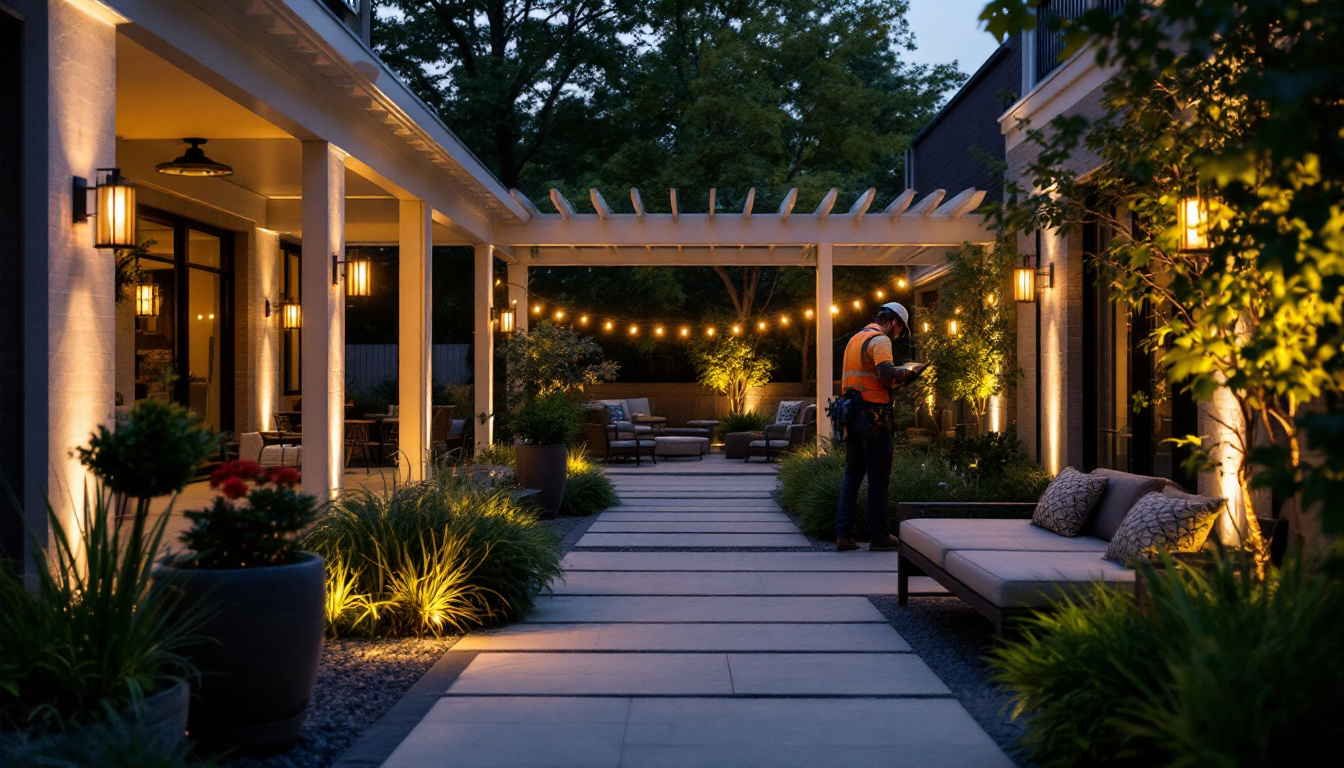
Discover how choosing the right outdoor lighting can transform a contractor’s project, enhancing aesthetics, functionality, and client satisfaction.
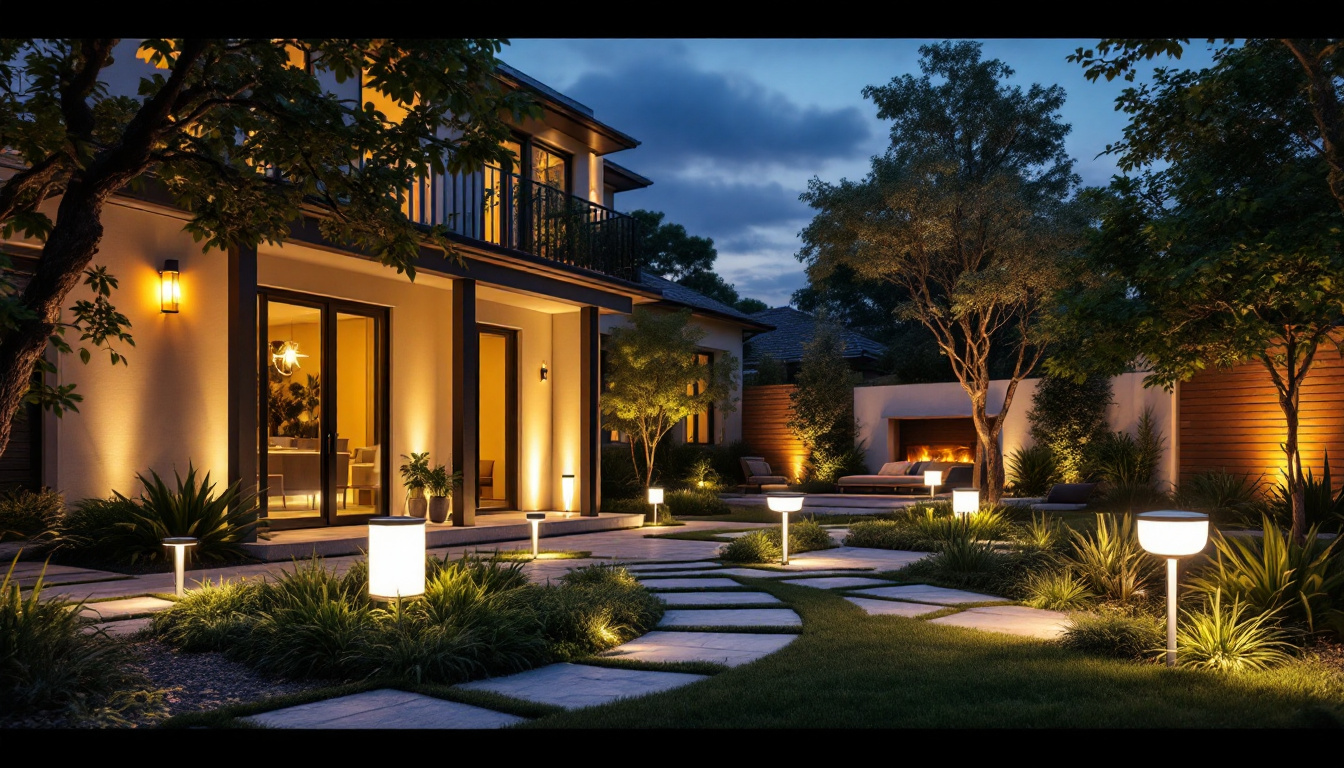
Discover the innovative strategies smart lighting contractors use to enhance outdoor spaces with LED fixtures.
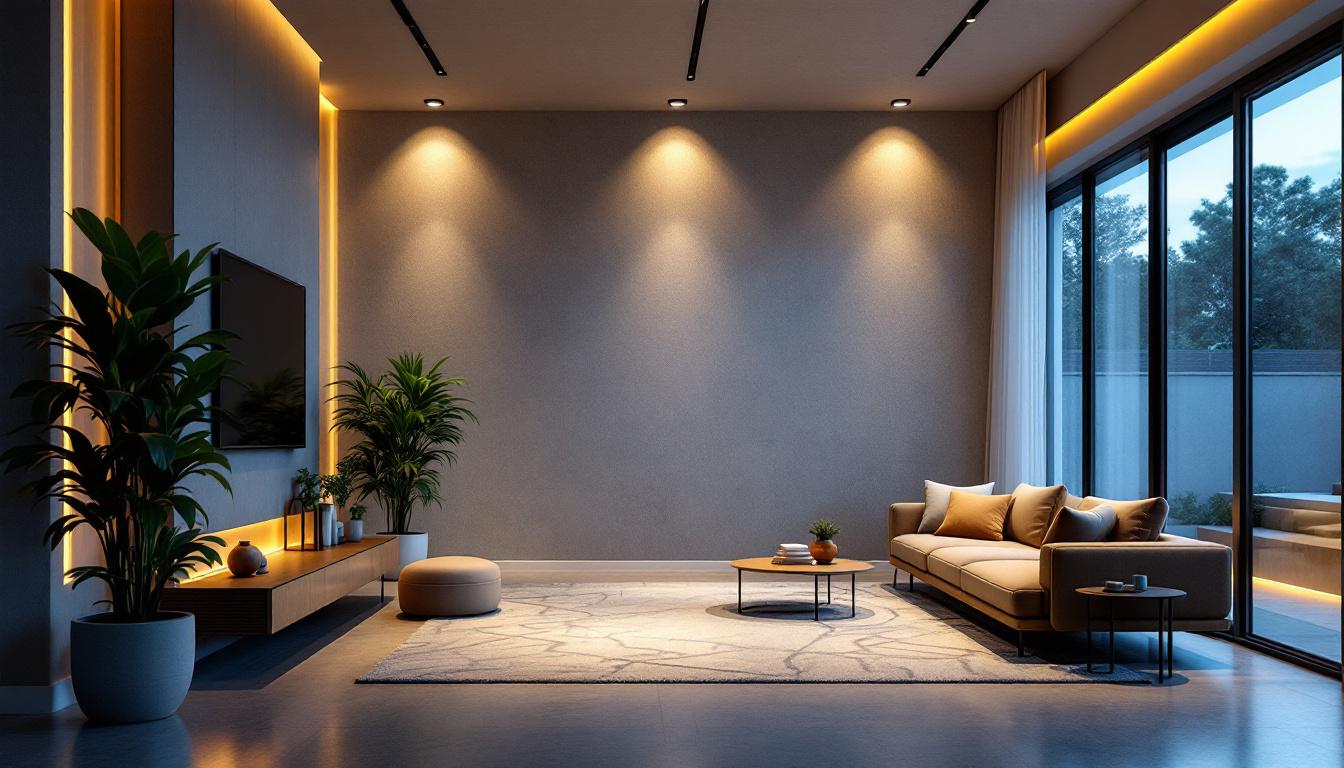
Explore innovative strategies and expert tips from top lighting contractors on installing external recessed lights.
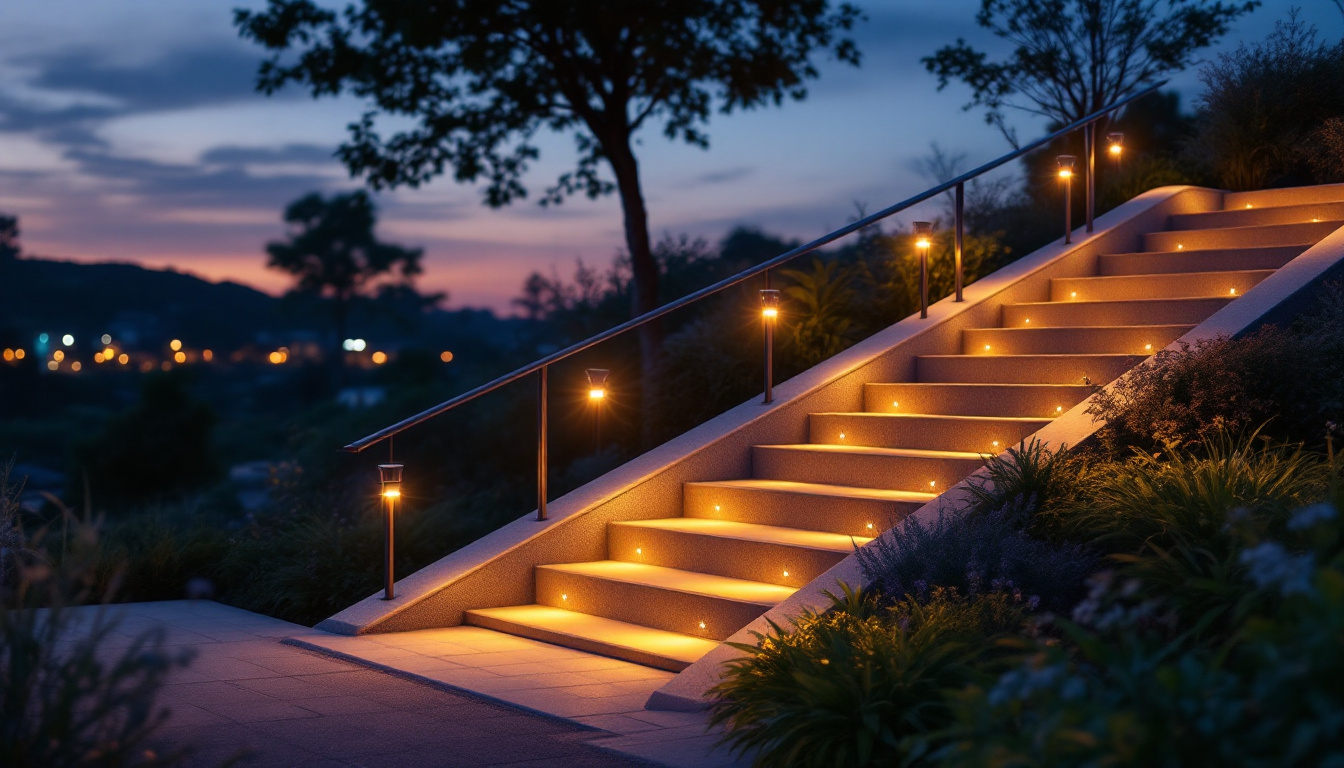
Illuminate your pathways with style and sustainability! Discover expert insights from top lighting contractors on choosing and installing solar-powered outdoor lights for steps.